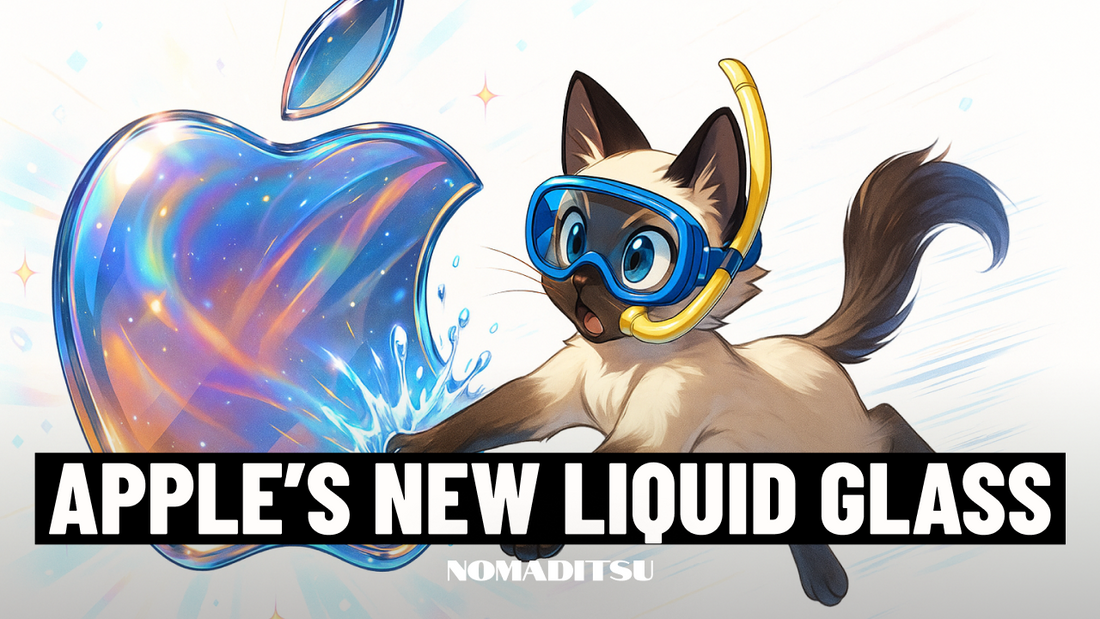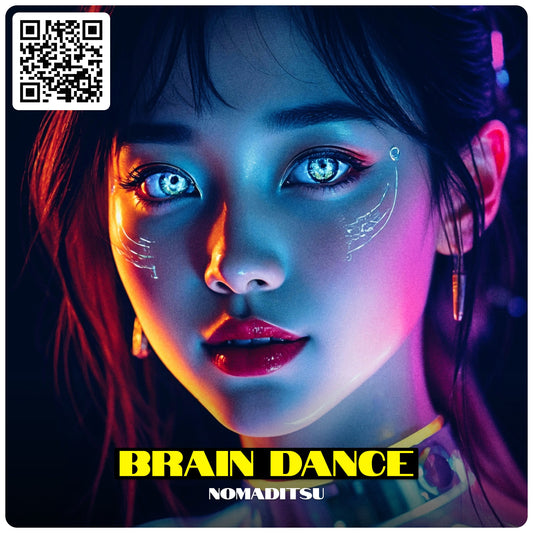
WWDC 2025: Dive Into Apple's Liquid Glass Design Revolution - What Content Creators Need to Know
Ray de GuzmanListen to article
Apple's Worldwide Developers Conference 2025 concluded yesterday (June 9, 2025), delivering what many are calling the company's most significant design overhaul since iOS 7, alongside meaningful AI advancements that will reshape how we interact with our devices. As someone deeply invested in the intersection of AI and creativity, here are the game-changing announcements that matter most.

The Liquid Glass Revolution: Apple's Boldest Design Bet
Apple introduced "Liquid Glass" - a new design language that represents their "broadest design update ever". This isn't just cosmetic polish; it's a fundamental shift toward dynamic, context-aware interfaces.
Key Design Changes:
- Semi-transparent, adaptive interface elements across all platforms
- Dynamic wallpapers that respond to user interaction
- Redesigned widgets and notifications with translucent properties
- Unified design consistency across iOS 26, iPadOS 26, macOS 26, watchOS 26, and tvOS 26
The Liquid Glass concept draws inspiration from the Dynamic Island's adaptive nature, creating interfaces that minimize controls when not needed and prioritize content visibility. For content creators, this means cleaner recording environments and more immersive content consumption experiences.
AI Intelligence Gets Practical: Beyond the Hype
While Apple's advanced AI-enhanced Siri was notably absent (pushed to later this year), these practical AI implementations announced are immediately useful.
Live Translation Integration
Apple's new live translation capability automatically converts messages, provides real-time FaceTime captions, and translates phone calls. For digital nomad content creators working across language barriers, this could eliminate significant communication friction.
Visual Intelligence with ChatGPT
iOS 26's Visual Intelligence feature utilizes ChatGPT to identify on-screen items for purchasing or educational purposes. Imagine pointing your phone at local Bangkok street food and instantly getting recipe suggestions or nutritional information - the content creation possibilities are extensive.
AI-Powered Shortcuts Revolution
The updated Shortcuts app now taps directly into Apple Intelligence, allowing users to access on-device large language models. Content creators can build workflows that:
- Compare audio transcriptions of interviews to notes and identify missing key points
- Generate responses using ChatGPT integration within shortcut workflows
- Access intelligent actions for summarizing text and creating images with Image Playground
Content Creator-Focused Features
Redesigned Camera Interface
The Camera app received a minimal, cleaner interface with all familiar modes accessible through directional swipes. This streamlined approach could improve video recording workflows by reducing visual distractions.
FaceTime Enhancements
Apple refreshed FaceTime with a new landing page designed to "celebrate your closest relationships," creating more personal and inviting video call experiences. For content creators building personal brands through video content, these improvements could enhance audience connection.
Cross-Platform Integration
macOS Tahoe now includes the native iPhone Phone app, enabling call management directly from Mac. This seamless integration benefits creators managing multiple communication channels across devices.
Developer and Creative Professional Updates
ChatGPT in Xcode 26
Developers can now use ChatGPT directly in Xcode for coding, debugging, and documentation without requiring separate accounts. They can also integrate other LLMs through API keys, opening possibilities for custom creative AI tools.
Third-Party Apple Intelligence Access
All apps, including third-party applications, can now access Apple Intelligence through the Foundation Models Framework. This democratization of AI capabilities means indie developers and content creators can build more sophisticated AI-powered tools without massive infrastructure investments.
Release Timeline and Compatibility
iOS 26 developer beta launched immediately (June 9), with public beta expected next month. The full release arrives this fall for iPhone 11 and later models. All new software features will be available as free updates across compatible devices.
The Strategic Implications
Apple's focus on practical AI implementation over flashy announcements suggests a maturation of their AI strategy. The emphasis on on-device processing through Private Compute maintains their privacy-first approach while delivering meaningful functionality.
For content creators, especially those working in AI-enhanced creativity, these updates provide immediate practical value rather than speculative future promises. The combination of refined interfaces and accessible AI tools creates a more conducive environment for creative work.
The shift to year-based naming (iOS 26 instead of iOS 19) signals Apple's confidence in delivering substantial annual updates. This predictable cadence benefits creators planning content and tool development around Apple's ecosystem.
WWDC 2025 positioned Apple as prioritizing user experience refinement and practical AI integration over headline-grabbing announcements - a strategic approach that serves long-term creative workflows better than revolutionary but half-baked features.
Android User's Take
As a devout Android user working across Bangkok's tech scene, I'll admit - Apple's seamless integration of on-device AI has me seriously reconsidering my platform loyalty for the first time. While Android offers capable third-party solutions and is opening up experimentation through their AI Edge Gallery, Apple's approach eliminates barriers when building private creative AI workflows. This accessibility would have been instrumental for AI creative projects like my psychology-infused Mind Set album. When local AI becomes this frictionless, it unleashes a wealth of creative possibilities that are hard to ignore.



